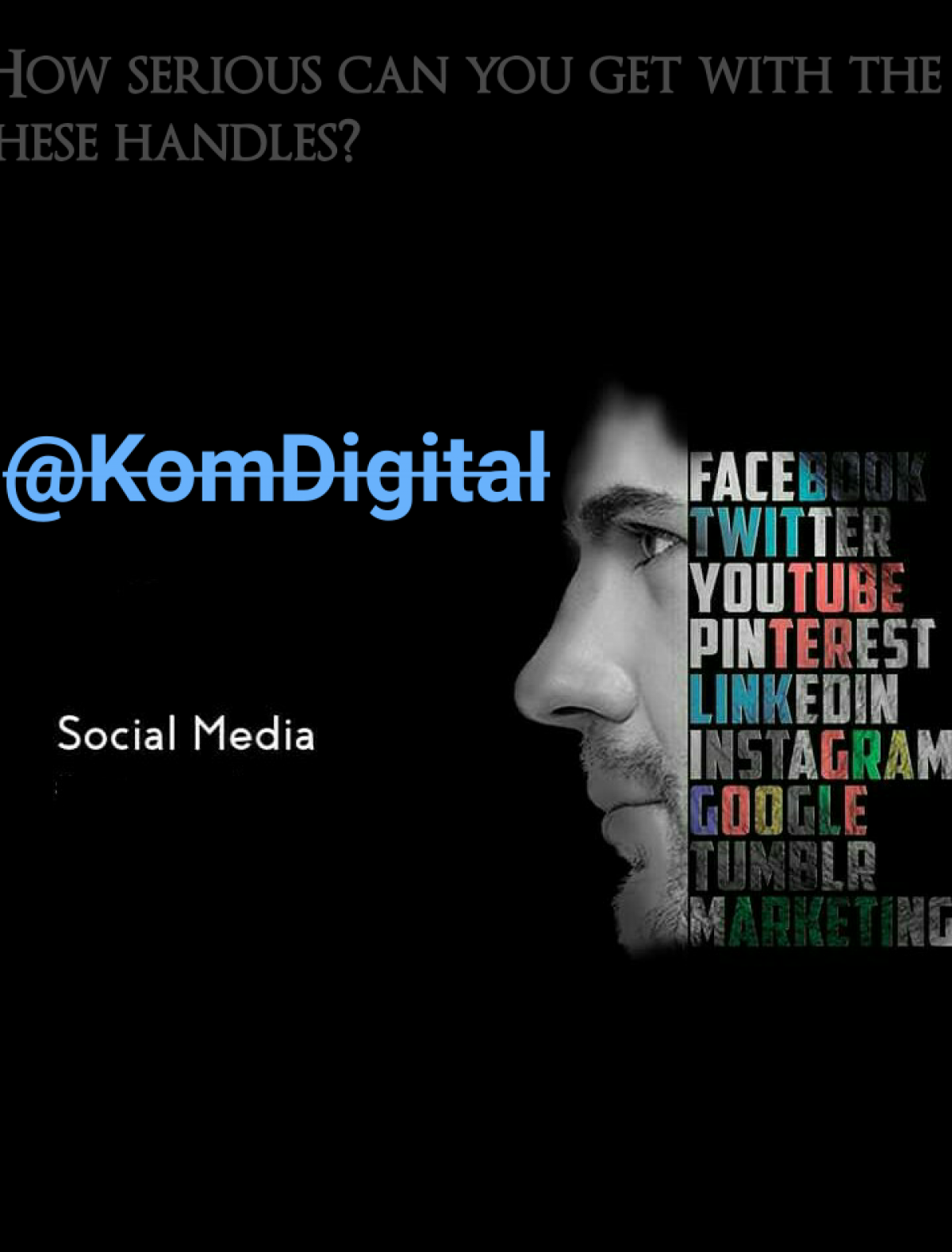Growth is essential for businesses to stay alive. There’s no need for greed to enter the picture, but growth- growth is what you should be all about.
The more people you can reach, the more potential clients your work gets in front of. There are a few simple ways that you can grow your audience (without buying followers) and increase your client list.
Partnerships
Partnerships are a wonderful way to quickly grow your audience. And I do mean partnerships- not sponsorships, not paid campaigns.
Find people that are in niche’s adjacent to yours whose work you admire. Find businesses that get you excited about their product. Look around your current community and ask yourself who love are a personal fan of and why. Those are the people you should partner with.
There’s nothing wrong with a partnership that makes you money, but the word partnership means at its core that it should benefit both parties. Working with people that you admire gives you a chance to show your value to new people, as well as offer value to the other party. It’s also a very genuine way to grow your audience. Disingenuous growth is easy to spot a mile away.
Speaking Opportunities
What better way to share your message with people than to actually share your message? Scout out speaking opportunities to get yourself in front of new people. Great places to start are your cities commerce department, small business communities, applying to speak at conferences, and Facebook groups in your niche.
You can also put on your social media or website that you are available for speaking gigs. See if anyone contacts you. There’s a lot of power in opening yourself up to speaking gigs, and it’s an easy way to get your work in front of a new audience.
Think Local
It’s wonderful to have big picture goals for yourself and dreams of taking over the world. We’ve all got to start somewhere though, and it’s easier to become a big fish in a small pond first. Take every opportunity that comes your way to make an impact in your local community.
Become the go-to person in your city for your niche. Reach out to people and companies of all sizes in your city and ask for coffee to introduce yourself. Attend events that focus on the local community- things like volunteer days, council meetings, and traditional networking and business events are all good.
Being seen and interacting at these events will show that you are a person of note, and people like to know people of note.
Growth does take time, but with these strategies, you can make it happen for yourself. Implement them all at the same time for the best results (though you might cut into your sleep a little bit.)
What are some ways that you have found successful for growing your company






You must be logged in to post a comment.